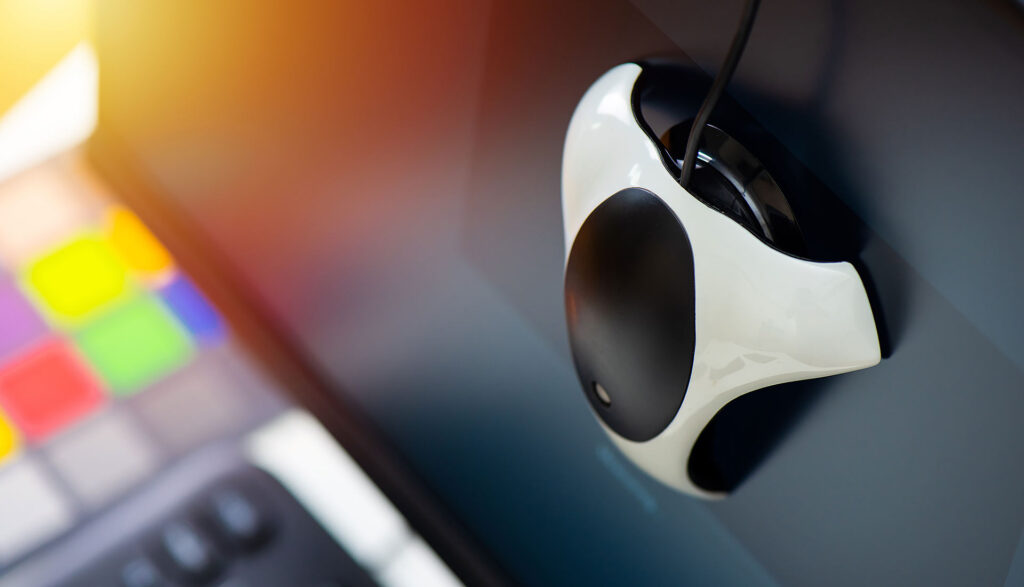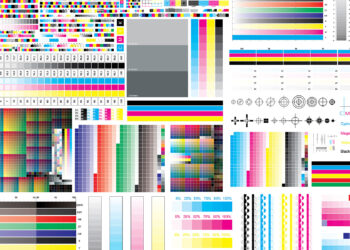
The Importance of Monitor Calibration for Professional UK Photographers
Introduction to Monitor Calibration:
As a professional photographer, your work is a reflection of your artistic vision and expertise. From capturing breathtaking landscapes to shooting stunning portraits, every detail matters. However, one aspect often overlooked by many photographers is screen calibration. In this blog post, we will explore the significance of Monitor Calibration for professional UK photographers and why it plays a crucial role in achieving accurate and consistent results.
1. Understanding Monitor Calibration:
Monitor Calibration refers to the process of adjusting your monitor’s display settings to ensure accurate and reliable colour representation. It involves correcting colour temperature, gamma, brightness, and contrast to match industry standards. By calibrating your screen, you can trust that the colours you see on your monitor are as close as possible to the original image.
2. Consistency in Colour Accuracy:
One of the primary reasons professional photographers in the UK should calibrate their screens is to maintain consistency in colour accuracy. Without proper calibration, your images may appear different when viewed on other devices or when printed. By calibrating your screen, you can ensure that the vibrant blues, rich greens, and subtle skin tones you see on your monitor are faithfully reproduced in your final prints or when displayed on other calibrated screens.
3. Enhancing Editing Workflow:
Monitor Calibration significantly impacts your editing workflow. When your monitor is accurately calibrated, you can make precise adjustments to exposure, colour balance, and contrast, knowing that what you see is what you’ll get. This saves time and minimizes frustration, as you won’t need to continually make corrections due to inaccurate colour representation.
4. Meeting Industry Standards:
The field of professional photography adheres to specific industry standards, and colour accuracy is a critical aspect. Many photography competitions, exhibitions, and publications have strict requirements for colour accuracy. By calibrating your screen, you can ensure that your images meet these standards, enhancing your chances of recognition and success within the industry.
5. Investment in Professionalism:
Monitor Calibration is an investment in professionalism. By demonstrating your commitment to delivering high-quality work, you gain the trust and confidence of clients, galleries, and fellow photographers. When potential clients see your accurately calibrated monitor, they can be assured that the final images they receive will be true representations of your artistic vision.
6. Choosing the Right Calibration Tools:
To achieve optimal Monitor Calibration, it is essential to invest in reliable calibration tools. Various hardware and software options are available in the market, ranging from basic to advanced solutions. Research and choose a calibration system that suits your needs and budget, ensuring it is compatible with your monitor.
Conclusion:
Monitor Calibration is, often overlooked yet a critical aspect of a professional UK photographer’s workflow. By calibrating your monitor, you can achieve accurate and consistent colour representation, enhance your editing workflow, meet industry standards, and demonstrate your commitment to professionalism. Investing in screen calibration tools is an investment in the quality of your work and your reputation as a skilled photographer. So, take the time to calibrate your screen and unlock the true potential of your images.
Links to more information.
Adobe blog – https://blog.adobe.com/en/publish/2020/09/29/computer-monitor-color-management-truth-behind-tone
Colour Confidence – https://colorconfidence.com/



